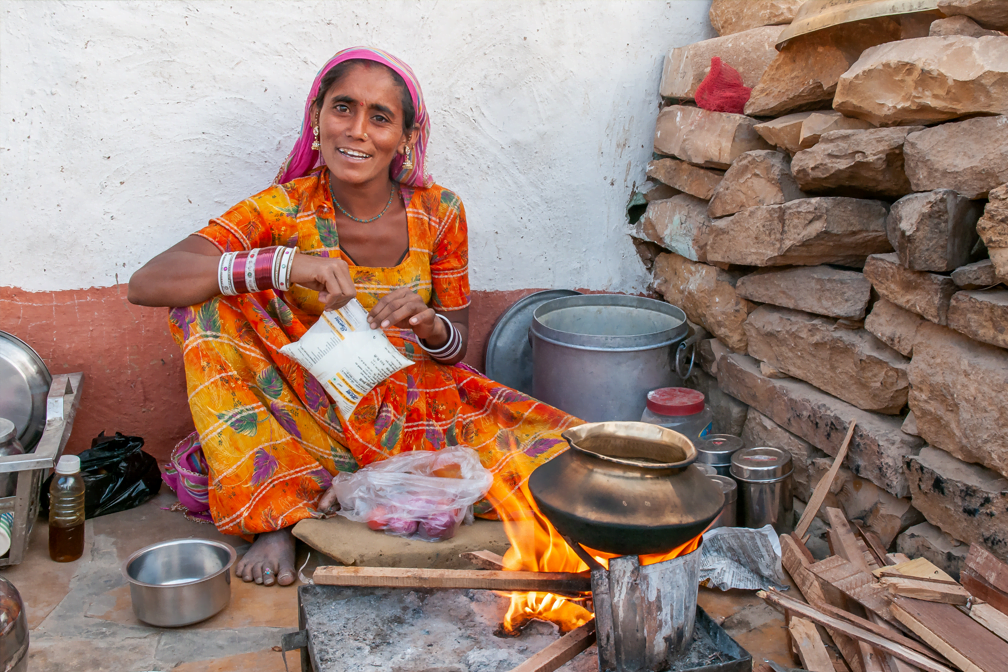In today’s world, the shadow of homelessness stretches across every corner of the globe, touching every society with its reach. As we delve into this topic, it becomes clear that understanding the scale of homelessness is crucial for addressing its root causes (like drugs, alcohol, mental illness, broken relationships, and poverty) and implementing effective solutions. The main question we seek to answer in this post is, “How many homeless people are in the world?” This question not only highlights the gravity of the situation but also underlines the urgency for collective action.
Estimates suggest that approximately 150 million people are homeless worldwide, with as many as 1.6 billion lacking adequate housing. 1 These numbers are more than statistics; they represent individuals and families facing the harshest realities of life without the basic security of a home. The challenge of quantifying homelessness stems from the varying definitions across different countries and cultures and the inherent difficulty in counting those who fall outside traditional living arrangements.
This exploration into global homelessness aims to shed light on the scale of the issue, drawing attention to the need for compassion, understanding, and, most importantly, action. As we proceed, remember that behind every number is a human story, a life that could be transformed with the right support and resources. Together, we can begin to unravel the complexities of homelessness and work towards a future where everyone has a place to call home.
Get Free Our Report: “7 Steps That Get 90% Off The Street”
How many people are homeless in the US in 2023
In 2023, the homelessness crisis in the United States saw a significant and concerning rise. The Annual Homeless Assessment Report (AHAR) released by the Department of Housing and Urban Development (HUD) estimated that approximately 653,100 people were experiencing homelessness on any given night, marking a 12% increase from the previous year. This increase is particularly alarming, reflecting the highest number of individuals reported as unhoused since such data began being collected in 2007. The escalation touches all demographics, with notable rises across both individuals and families experiencing homelessness.
This situation has prompted federal efforts to address the root causes and provide immediate relief. Key drivers of this crisis include the shortage of affordable housing and the high cost of living, which have left many vulnerable to losing their homes. In response, the United States government has launched initiatives aimed at increasing the availability of affordable housing and providing support to those at risk or currently facing homelessness. Among these measures are significant investments in housing and homelessness prevention programs, aiming to create a comprehensive approach to tackle this pervasive issue. 2
The efforts extend to various targeted actions, such as housing more than 424,000 households through support services, preventing or ending their homelessness. Moreover, the administration has worked towards building more apartments than any year on record, part of a broader strategy to ease the housing shortage and curb the homelessness epidemic. These steps represent a portion of a larger, multifaceted strategy that includes enhancing programs that seek to solve the underlying triggers that may cause someone to be homeless: drugs, alcohol, mental illness, broken relationships, and poverty. Support for mental health care, substance use treatment, and job assistance address homelessness at its source. 3
Despite these efforts, the challenge remains daunting. The increase in homelessness highlights the need for continued and expanded action, emphasizing prevention, rapid rehousing, and the construction of affordable housing partnered with a homeless recovery program like Homeless No More as critical components of a successful strategy. The administration’s plans, while making strides, underscore the urgent need for a collective, nationwide commitment to providing hope and assistance to those who want it.
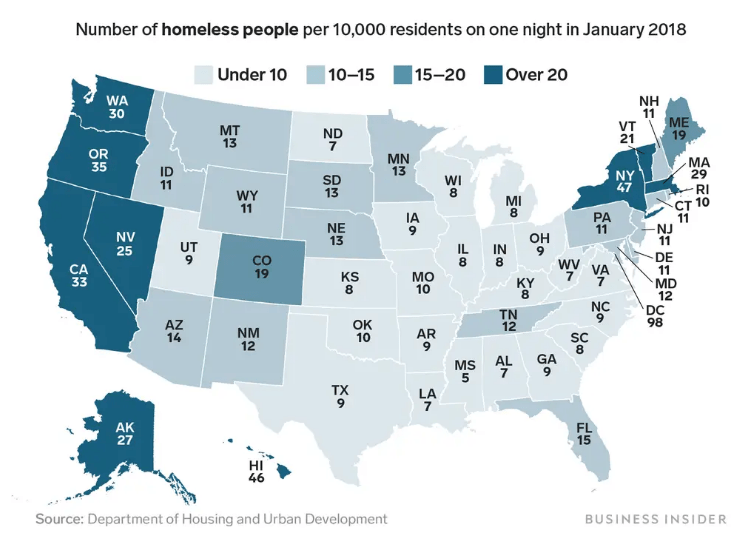

How many people are homeless?
Globally, the homelessness crisis continues to be a major challenge, affecting millions. According to The Homeless World Cup, reports indicated that around 150 million people were homeless worldwide, a significant increase from previous annual estimates. This crisis is compounded by the fact that as many as 1.6 billion people lack adequate housing, demonstrating the vast scale of housing insecurity that extends beyond the visibly homeless population.
According to HUD’s 2023 Annual Homeless Assessment Report, in the United States, the homelessness situation has seen a worrying uptrend, with approximately 653,100 people experiencing homelessness on a single night in 2023, reflecting a 12% increase from the previous year. This rise in homelessness highlights a persistent issue that spans across all demographics and regions within the country.
Looking at the global perspective, countries such as Pakistan, Nigeria, and the United States are among those with the highest numbers of homeless individuals, each facing unique challenges and contributing factors to the issue. Pakistan, for instance, has the highest number of homeless people, estimated at 8 million. These statistics underscore the universal nature of homelessness, affecting both developing and developed nations alike. 4
Efforts to address this crisis involve a combination of increasing housing affordability, enhancing support services, like Homeless No More, and implementing comprehensive policies aimed at prevention and support. The complexity of homelessness, influenced by economic, social, and health-related factors, requires a multi-faceted approach to effectively address and mitigate its impact on individuals and communities worldwide. 5
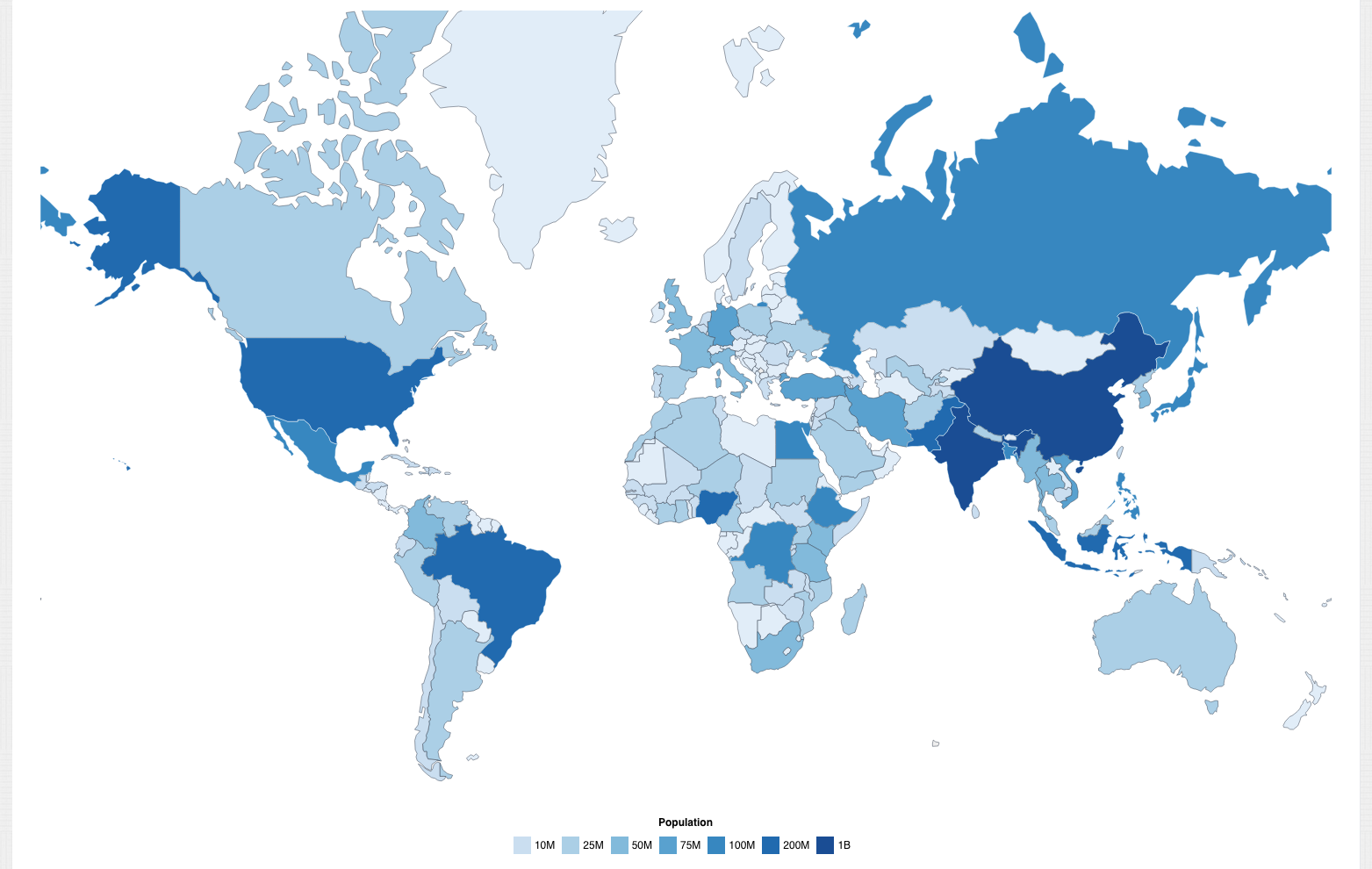
Reference: World Population Review
What percentage of the world is homeless?
Globally, the challenge of homelessness is both profound and pervasive, affecting countless lives across various countries. While exact global figures can be elusive due to differing definitions and data collection methods, as we stated earlier, it’s estimated that about 150 million people are homeless worldwide. This statistic highlights a significant issue, given the global population surpasses 7 billion. The percentage of the world’s population that is homeless, therefore, hovers around 2%, a figure that underscores the urgency of addressing this humanitarian crisis. The complexity of homelessness, compounded by economic disparities, conflict, and lack of affordable housing, calls for comprehensive solutions to ensure everyone has access to safe and secure housing. 6, 7 Because of cultural and global issues (including war-torn areas and economies spiraling downward), the global homelessness crisis is such that there is not a complete and total recovery package available for implementation in every individual nation.
How many homeless people in the world per capita?
Understanding homelessness on a per capita basis offers insight into the prevalence of homelessness relative to the size of a country’s population. This measure can vary significantly from one nation to another, reflecting diverse economic conditions, social safety nets, and housing policies. Countries with higher homelessness per capita rates often face greater challenges in providing for their homeless populations, underscoring the disparity in living conditions worldwide. Global comparisons reveal a broad spectrum of homelessness rates, indicating the necessity for targeted interventions tailored to the specific needs and circumstances of each country. The per capita perspective emphasizes the need for international cooperation and local action to address the root causes of homelessness, ensuring that policies are not only aimed at immediate relief but also at long-term prevention and support. 8
Help put someone on the road to a better life.
With millions around the globe facing homelessness, your support can make a real difference. Homeless No More has a proven track record of helping individuals transition from the streets to stable, meaningful lives. By contributing to our program, you’re not just donating; you’re investing in a future where everyone has a place to call home. Join us in our mission to reach as many homeless individuals as possible throughout the US and beyond. Discover how you can help today.
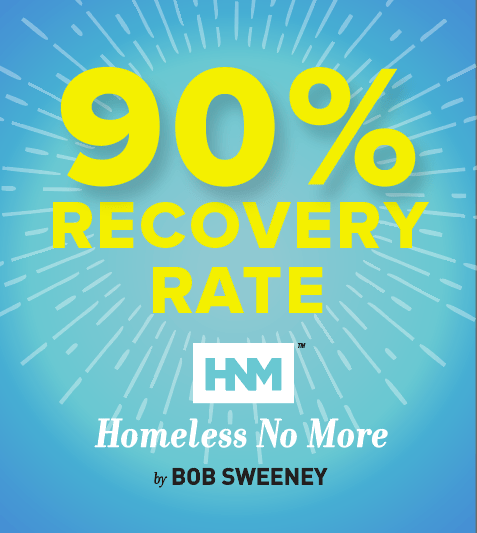
Get Homeless No More for Your Shelter, Non-Profit or Business.
Homeless rate by country:
The rates of homelessness across countries offer a sobering view of a global issue that transcends geographic and economic boundaries. In analyzing these rates, it becomes clear that homelessness is a complex phenomenon influenced by a multitude of factors, including economic conditions, housing policies, and social safety nets. The data reveals considerable variations in how countries calculate and report homelessness, reflecting differing definitions and approaches to addressing the issue.
For example, the methodology most commonly employed to measure homelessness is the “point-in-time”counts, which capture the number of people sleeping in shelters or on the streets on any given night. This method, while useful, may not fully account for the broader spectrum of homelessness, including those who are “precariously housed” or living temporarily with friends and family without a permanent residence. 9
The disparity in homelessness rates by country is stark, with some nations like Pakistan reporting as many as 8 million homeless individuals, contrasting sharply with places like Japan, which claims to have as little as roughly 3,000 homeless individuals in the entire country. This variation underscores the challenge of addressing homelessness on a global scale and the need for targeted solutions that consider the unique circumstances of each country.
Countries like the United States and Nigeria also highlight the significant impact of population size and economic disparities on homelessness rates. In the U.S., homelessness is not only a matter of housing availability but also linked to broader systemic issues like health care access and employment opportunities. Similarly, Nigeria’s homelessness problem is exacerbated by wealth access and exploitation by external factors, despite the country’s abundant resources.
The issue of homelessness by country reveals that it’s a multifaceted problem requiring a comprehensive approach that includes affordable housing, support for mental health and substance abuse, and economic policies aimed at reducing poverty, all of which are triggers we address in the Homeless No More curriculum. This also emphasizes the importance of accurate data collection and reporting to understand the scope of the problem and track progress over time.
For more in-depth information, visit the World Population Review’s Overview on Homelessness by Country 2024, Our World in Data’s insights on homelessness 10, and the National Alliance to End Homelessness’s State of Homelessness: 2023 Edition. 11
The plight of the homeless is a global crisis that requires collective action.

Support Homeless No More
Homeless No More is dedicated to providing support and solutions for those affected. Your support can help extend our reach and impact, making a tangible difference in the lives of many. Join us in our efforts to combat homelessness worldwide. Learn more about how you can contribute at Homeless No More.
Top 10 homeless countries
To grasp the magnitude of global homelessness, it’s crucial to consider the countries with the highest homeless populations. Pakistan, China, and other nations face significant challenges that contribute to homelessness, including economic instability, housing shortages, and social inequities. 12
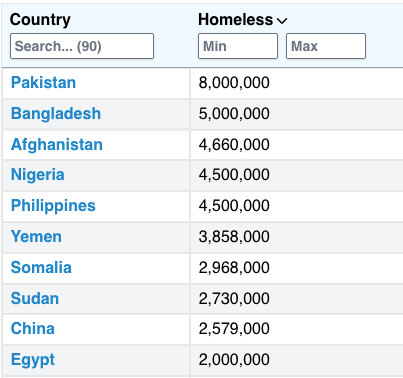
Reference: World Population Review
Get Homeless No More for Your Shelter, Non-Profit or Business.
We Can Make A Difference
Addressing these issues requires a global effort and compassionate interventions like those offered by Homeless No More. By supporting this program, you can help provide critical assistance and resources to those in need, fostering hope and positive change.
Which country has the most homeless people?
As stated earlier, Pakistan has the highest number of homeless individuals out of all the countries of the world. This situation underscores the urgent need for global cooperation and support to address homelessness. To contribute to these efforts, consider supporting the Homeless No More program, which is dedicated to helping those without shelter find housing and essential services 13.
Lowest homeless rate in the world
Countries with the lowest rates of homelessness, such as Japan and Iceland, demonstrate the effectiveness of comprehensive housing policies, social support systems and recovery programs. These nations have invested in programs like Housing First, which prioritizes providing stable housing as a foundation for addressing other issues such as employment and health care. Wrap-around services, like Homeless No More are paramount in any recovery success story. By learning from these examples, enacting proactive government policies and community support are crucial in reducing homelessness. 14
What country has no homeless population?
Contrary to the report of Japan’s 3,000 homeless, several reports suggest that Japan may have an official 0% homeless rate, making it a unique case among sovereign nations. This achievement highlights the importance of comprehensive social support systems and housing policies aimed at preventing homelessness. For more details on this and other countries’ approaches to homelessness, please refer to the World Population Review website. 15 Culturally, the Japanese have strong familial connections, therefore the relationship bonds there help provide an intrinsic safety net to safeguard against becoming homeless due to an economic crisis, substance abuse or mental health episode. The family bonds in Japan prevent homelessness from occurring, which is parallel to the services provided by Homeless No More to those who find themselves homeless in the United States.
How many people are homeless in India
India faces significant challenges with homelessness due to its vast population and high poverty levels. The country’s efforts to address this issue include various government initiatives aimed at providing affordable housing and improving access to resources. However, challenges such as unemployment and migration complicate these efforts. For a more detailed exploration of India’s homelessness situation, its national efforts, and the obstacles it faces, please refer to the comprehensive information provided by the World Population Review. 16
Conclusion
Addressing homelessness is crucial for building more inclusive, supportive communities worldwide. This global issue affects millions, requiring a unified effort to provide shelter, support, and opportunities for those in need. Homeless No More has proven to be successful in making significant impacts, offering a chance for you to contribute to a cause that transforms lives. Join us in our mission to eradicate homelessness. Your support can help extend our reach, offering hope and a new start for many. Visit Homeless No More‘s donation page to make a difference today.
References
- https://www.homelessworldcup.org/homelessness-statistics
- https://www.hud.gov/press/press_releases_media_advisories/HUD_No_23_278
- Ibid.
- https://www.homelessworldcup.org/homelessness-statistics/
- https://worldpopulationreview.com/country-rankings/homelessness-by-country
- https://www.homelessworldcup.org/homelessness-statistics/
- Jannik Lindner, https://gitnux.org/global-homelessness-statistics/
- https://www.homelessworldcup.org/homelessness-statistics/
- https://worldpopulationreview.com/country-rankings/homelessness-by-country
- Ibid.
- https://ourworldindata.org/homelessness
- https://worldpopulationreview.com/country-rankings/homelessness-by-country
- https://worldpopulationreview.com/
- Binyamin Appelbaum, The New York Times, https://www.nytimes.com/2023/09/11/opinion/editorials/tokyo-housing.html
- https://worldpopulationreview.com/
- Ibid.
0014

